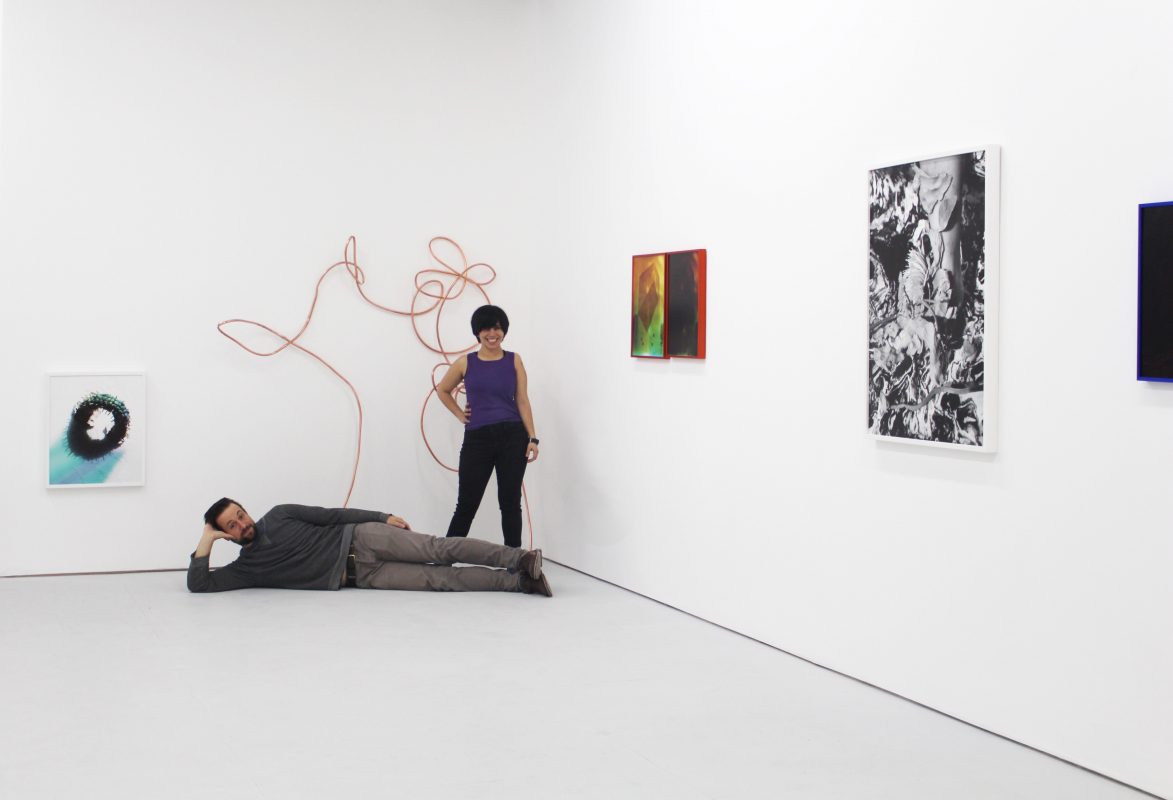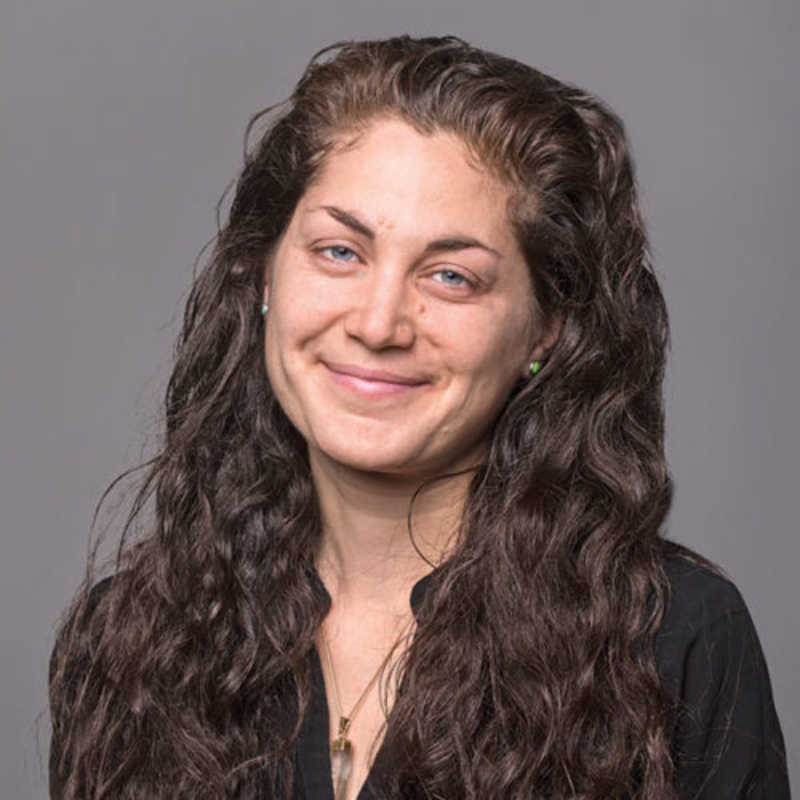
Seth Adelsberger and Alex Ebstein are no strangers to the Baltimore art scene. They’ve lived in the city for the past 15 years and have been actively involved in its culture as students, visual artists, curators, and gallery owners. And for this, they’ve experienced firsthand the rise and fall of several artist live and work spaces that served as music venues and and galleries.
They lived in the H&H Arts Building for a solid decade, during what one might call its hey day, and five years of that was spent operating their gallery Nudashank there, one of a handful of gallery spaces inside the H&H that was open to the public.
These days, the public is not so lucky.
When it comes to the underground warehouse spaces that the Baltimore art scene has become known for, there’s not much around anymore.
The H&H—in all its DIY music and art scene glory—faded out, as did the famous Copycat building, home to eccentric artists (spawning such legends as Wham City, Dan Deacon, and Ed Schrader) and housing several experimental venues. The Bell Foundry—where artists lived, worked, and held events—was condemned in 2016 by the city. In early 2018, the Post Office Garage studios building was condemned, artists forced out during a frigid few days in January.
Adelsberger would’ve been among those kicked out of the Post Office building, had he not left his studio there just a few months before its shutdown to open a new gallery, studio, and framing workshop with his longtime partner and collaborator, Ebstein, on Park Avenue downtown.
“It was sinking a quarter-inch a year into 83,” Adelsberger says of the Post Office building, acknowledging that he unknowingly dodged a bullet but other artists weren’t so lucky. “It shows how precarious the art scene is—because it’s a DIY scene,” he goes on. “And there’s not much of a safety net.”
Their new gallery, Resort, in an online description, is referred to as contemporary, and it’s the job of contemporary artists to be looking to what’s ahead. The result is an avant-garde space that serves as a catalyst for new ideas and community dialogue, as well as a legit venue for emerging and established artists to show their work.
The first floor is a public gallery, while the second is used for Adelsberger’s framing and fabrication work, and the third acts as a studio for both artists—Adelsberger for his large-scale abstract paintings, some of which were shown at the Baltimore Museum of Art in 2014, and Ebstein for her collages made from yoga mats.
Solo and group exhibitions are already lined up through the year, and additional events are being planned to make the space more than a destination for visual art. In an atypical curatorial move, Ebstein and Adelsberger chose artists based on past work rather than proposals for specific shows.
Currently on view is A Big Toe Touches a Green Tomato by Philadelphia-based Roxana Azar and former artistic director of The Contemporary Ginevra Shay. The exhibit melds human and natural forms through photography, sculpture, and ceramics that are often abstracted or conceptual pieces while maintaining a graceful beauty, if darkness, about them. A reception will close out the show from noon to 4 p.m. March 11.
Next up, the space will host the group show Noise Margins and Sophie Friedman-Pappas’ solo project Broken Eggs beginning March 17.
Ebstein says visitors to the gallery’s first reception on January 20 were pleasantly surprised with the space. She also jokingly told them that she might not remember any conversations that night; it had been a long week (months, really), leading up to the opening.
When the building at 235 Park Avenue became available, Ebstein and Adelsberger knew it had potential, but they also knew it would require a lot of work to transform the space. There were flimsy walls and poorly made ceilings. There was one electrical outlet per (massive) floor. There were pigeons and asbestos. There was no heat.
“When the toilet froze over, that was kind of it for me,” Ebstein says. “People would come in and just couldn’t see it. People were coming in two, three weeks before the [January] show and just saying ‘good luck.’” (Just check out some of their early Instagram posts for proof.)
But that is what artists do best: transform. They transform blank canvases and other people’s garbage into works of beauty or thought-provoking pieces (or both). They transform themselves and the people who interact with their work. They transform buildings that have fallen into disrepair into new venues, and in so doing transform what once was boarded up, condemned, or otherwise abandoned into new places to think and play.
